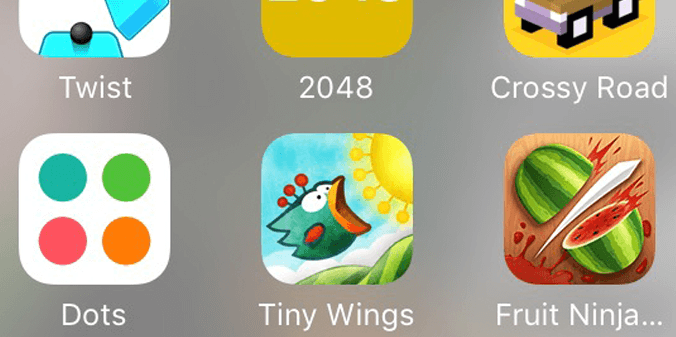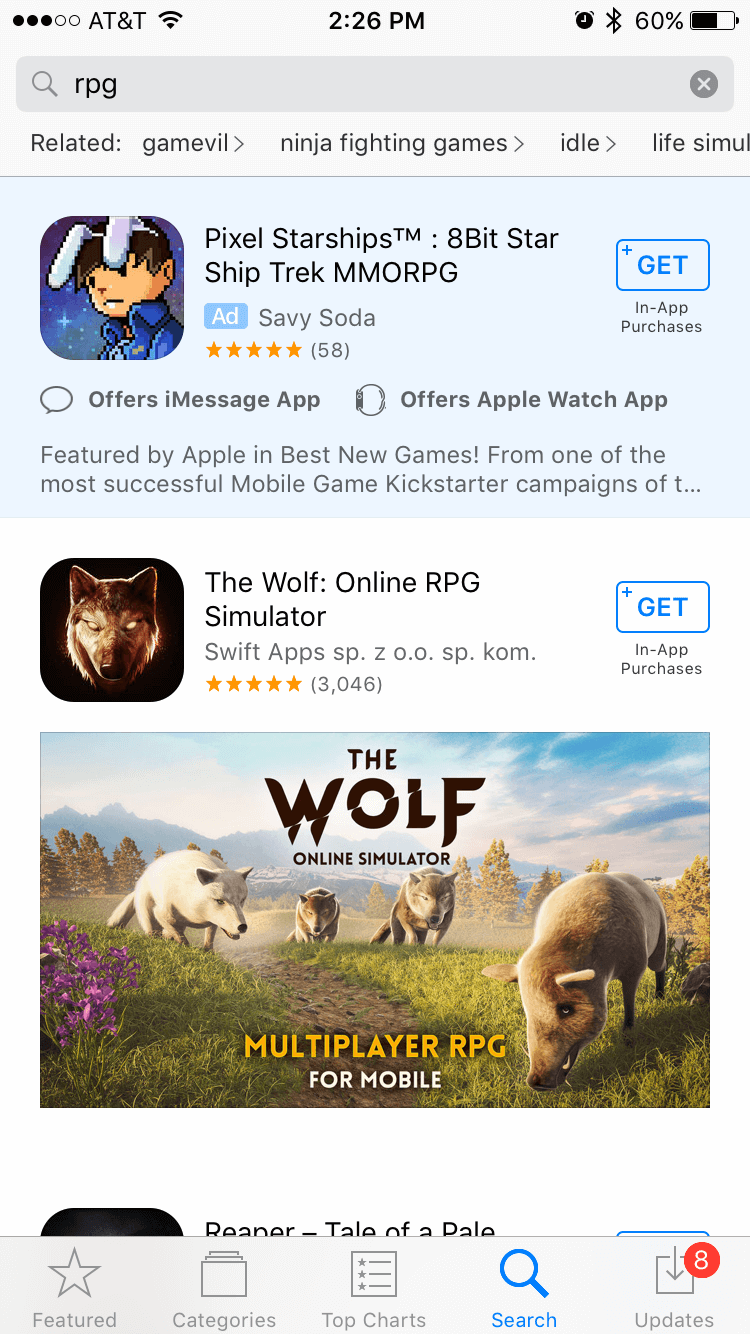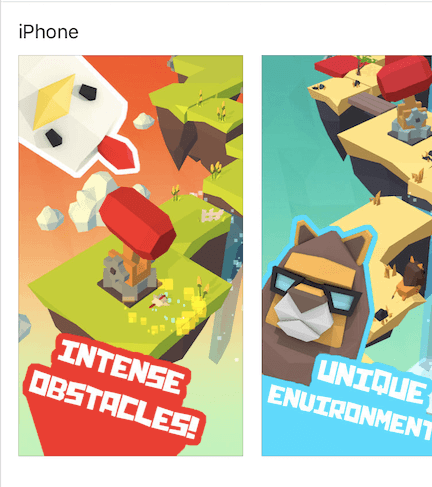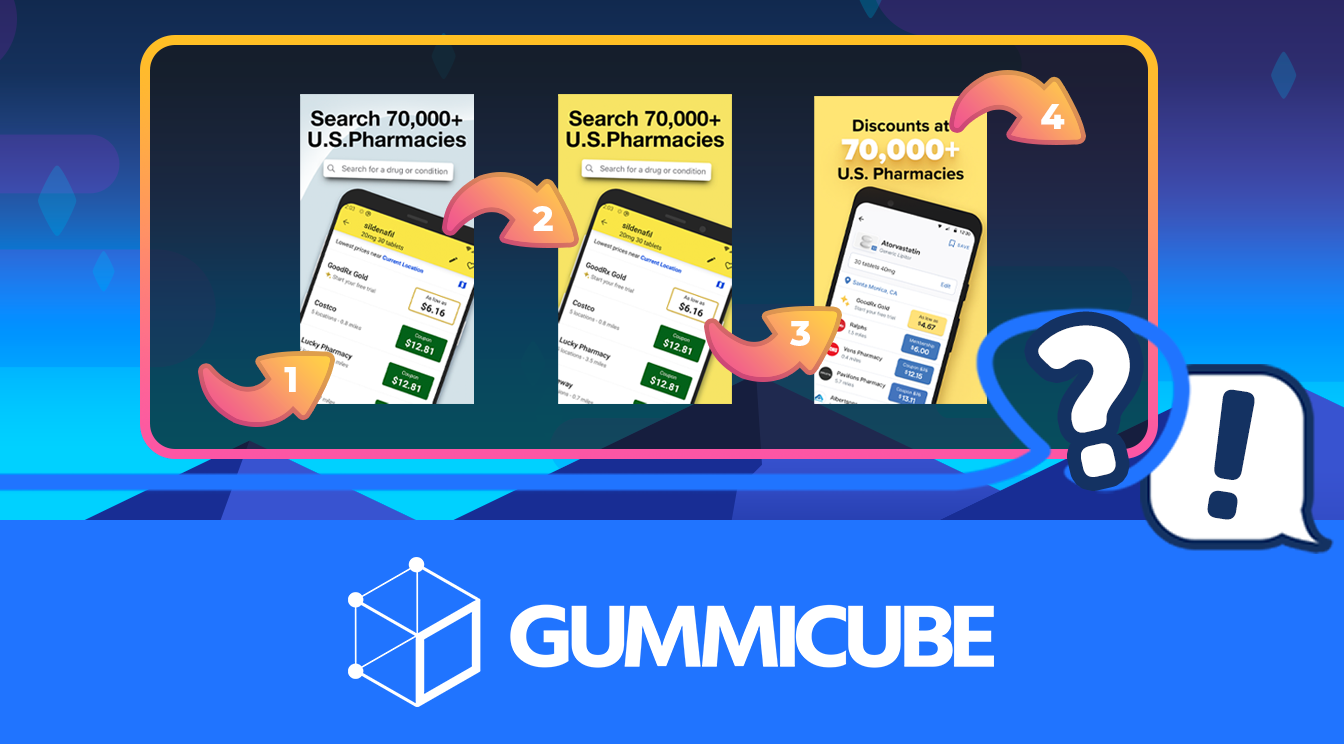ASO for Mobile Games: Mobile Marketing Cheat Sheet
April 20th, 2017


by David Quinn
VP of Strategy & Partnerships at Gummicube, Inc.
It seems every time you go to either app store’s home page there are new apps popping up in every category. The Apple App Store alone has over 2.2 million apps, and the Google Play Store has even more. Last year alone, there were 130 billion downloads on the App Store. Competition is intense regardless of what app developers are trying to market for. One industry, however, stands out from the rest. Mobile games are constantly growing and gaming companies want to get their apps noticed by users. From what was seen at this year’s GDC, the mobile gaming industry is booming, and developers need to stand out against the competition. The only way to create more visibility for an app is by utilizing an ASO strategy.
The Big Names of Mobile Gaming
Last year, the top gaming companies generated a combined $70.4 billion with a year-over-year increase of 17 percent. Gaming is no joke, and even the biggest names in console and PC gaming have made the move to mobile. Gaming companies like Activision Blizzard, Tencent Holdings and NetEase are just a few names to mention that have made the shift to mobile. These three companies are just a few examples of who is currently cornering the market and pumping out mobile games regularly, whether it be through their own companies or buying out others. These companies understand that to appeal to their current user base, all of whom most likely have smartphones, they need to develop mobile games. To stand a chance against the biggest names in gaming, mobile game developers need to incorporate an ASO strategy to create visibility and drive discoverability in the app stores.
Understanding the App’s Title and Keywords
While many apps worry about competition within the app category, mobile games are slightly different. Within the app stores, there are separate categories such as action, adventure, arcade and more. Developers want to rank in the category that is most relevant to their mobile game. To become visible and relevant, they need to develop an ASO strategy that uses specific keywords to target the intended audience. Before the app can become more visible, developers should understand the app’s core features and how users are most likely going to search. Understanding user searches are a great starting point to build a keyword matrix, mostly because users tend to search in 2-3 word phrases. When thinking about the target audience, developers need to think about what kind of features their app offers and how users are more likely to search. Always have the audience in mind and understand that users are searching based off the game features they are most interested in. Developers can use high-volume keywords that address specific features such as:
RPG
Endless Runner
Strategy
Adventure
Keywords need to be used throughout the app’s title to create visibility. If developers use the app’s core features in the title, it will be easier to build new keywords to rank for, regardless of those keywords being targeted. Take for example the high-volume, feature-based keyword “RPG.” Anyone that looks at the Top 10 Ranked apps in the Role Playing Category of the App Store will notice that none have the keyword “RPG” in their title. However, when searching “RPG” only 5 out of the top 10 searches have the word in the app’s title. This means it would be a good opportunity for mobile game developers with an adventure game to take advantage of hardly anyone placing the keyword in the title, and try to rank higher than the competition.  Metadata and Creatives While the app’s title is incredibly important to its visibility in the app stores, ASO suggests improving the rest of its metadata. The description, screenshots and video are equally important to an app’s visibility and conversion rates. Developers need to continually keep their audience in mind when optimizing the rest of the metadata or else they will lose out on users. 1. Description
Metadata and Creatives While the app’s title is incredibly important to its visibility in the app stores, ASO suggests improving the rest of its metadata. The description, screenshots and video are equally important to an app’s visibility and conversion rates. Developers need to continually keep their audience in mind when optimizing the rest of the metadata or else they will lose out on users. 1. Description
It is the largest area that developers have available to explain to users the app’s core features and the app’s gameplay.
If developers use relevant keywords, it will increase the app’s overall rankings and improve conversion rates.
Good time to take advantage of current promotions or new features.
Depending on which store an app is deployed in, the App Store or the Google Play Store, the description’s structure will be different.
Regardless of which store the app is available through, keywords need to be used naturally instead of stuffed to emphasize the app’s core features and entice users with a description of its gameplay. 2. Creatives – Screenshots and Video Game developers already know that the audience wants to see the game in action. There are two ways to successfully show off an app’s gameplay and encourage users to convert – screenshots and video. These two visual representations are critical to your apps conversion, and there are simple practices to follow for both. Screenshots:
Screenshots do what the title and description can’t – visually show the gameplay.
Think of screenshots as an advertising poster that is also the first visual users will see.
Need to be full of exciting features to entice users to convert and show how different the app’s gameplay is compared to competitors.
Screenshots should not be cluttered or confusing. Less likely to convert when users cannot understand the features or gameplay.
 Preview Video:
Preview Video:
App Store – Video should focus on the app’s core features or gameplay, essentially making it more of a demo video.
Google Play – Video doesn’t have to feature gameplay and can be used as more of a promotion video.
The preview video needs to be clean and straightforward.
Have keywords prominently placed in the poster frame – Using high-volume keywords in visuals could help convert users. When a user sees relevant keywords to their search term, they are more likely to convert.

 Why Mobile Games Need ASO ASO is necessary for every mobile game app due to the high volume of competition in the app stores. To stand out and be unique, developers should utilize an ASO strategy to create visibility, which will in turn improve conversion rates. It’s essential that Mobile game developers keep user’s behavior and search trends in mind when choosing keywords to help the app become more discoverable in the app stores, and the more relevant the keyword is to a user’s search, the most likely it is to be found. If developers create and maintain a bullet-proof ASO strategy, they are more likely to stand out against big names like Activision Blizzard or NetEase and be more visible to users in the app stores.
Why Mobile Games Need ASO ASO is necessary for every mobile game app due to the high volume of competition in the app stores. To stand out and be unique, developers should utilize an ASO strategy to create visibility, which will in turn improve conversion rates. It’s essential that Mobile game developers keep user’s behavior and search trends in mind when choosing keywords to help the app become more discoverable in the app stores, and the more relevant the keyword is to a user’s search, the most likely it is to be found. If developers create and maintain a bullet-proof ASO strategy, they are more likely to stand out against big names like Activision Blizzard or NetEase and be more visible to users in the app stores.
Similar Articles

Posted on October 6th, 2023
Ghostly happenings are among us... and in your app listing too? If you aren't leveraging the power of app seasonality to make relevant tweaks to your store listing you're leaving precious engagement and conversions on the table.

Posted on November 8th, 2021
Developers on the iOS App Store should plan in advance of the upcoming Holiday Schedule to allow enough time for apps to get approved during the busy holidays.

Posted on November 1st, 2021
App Store Optimization is an involved process that should be regularly revisited based on recent changes in trends. Iteration is one of the key drivers for success in ASO.




 Metadata and Creatives While the app’s title is incredibly important to its visibility in the app stores, ASO suggests improving the rest of its metadata. The description, screenshots and video are equally important to an app’s visibility and conversion rates. Developers need to continually keep their audience in mind when optimizing the rest of the metadata or else they will lose out on users. 1. Description
Metadata and Creatives While the app’s title is incredibly important to its visibility in the app stores, ASO suggests improving the rest of its metadata. The description, screenshots and video are equally important to an app’s visibility and conversion rates. Developers need to continually keep their audience in mind when optimizing the rest of the metadata or else they will lose out on users. 1. Description Preview Video:
Preview Video:
 Why Mobile Games Need ASO ASO is necessary for every mobile game app due to the high volume of competition in the app stores. To stand out and be unique, developers should utilize an ASO strategy to create visibility, which will in turn improve conversion rates. It’s essential that Mobile game developers keep user’s behavior and search trends in mind when choosing keywords to help the app become more discoverable in the app stores, and the more relevant the keyword is to a user’s search, the most likely it is to be found. If developers create and maintain a bullet-proof ASO strategy, they are more likely to stand out against big names like Activision Blizzard or NetEase and be more visible to users in the app stores.
Why Mobile Games Need ASO ASO is necessary for every mobile game app due to the high volume of competition in the app stores. To stand out and be unique, developers should utilize an ASO strategy to create visibility, which will in turn improve conversion rates. It’s essential that Mobile game developers keep user’s behavior and search trends in mind when choosing keywords to help the app become more discoverable in the app stores, and the more relevant the keyword is to a user’s search, the most likely it is to be found. If developers create and maintain a bullet-proof ASO strategy, they are more likely to stand out against big names like Activision Blizzard or NetEase and be more visible to users in the app stores.
